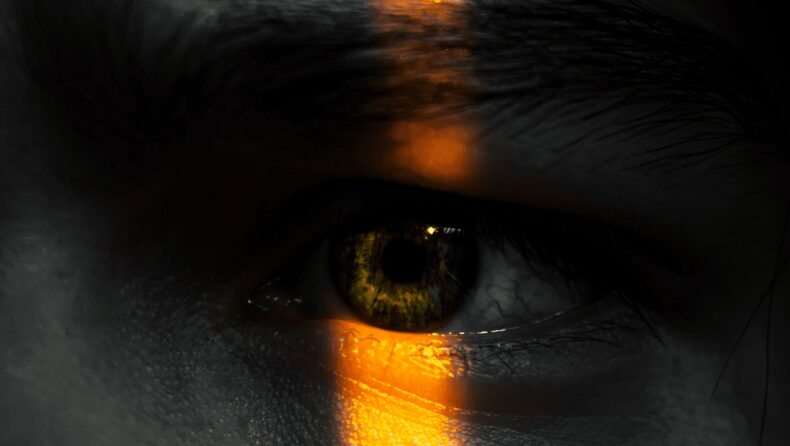Vision is an important aspect of life that needs no explanation. But to understand it, we need to be sensitive to the eye disease by screen time. Eyes are curiously full of marvelous features and should be taken care of properly. Extensive usage and burdening the optic nerves lead to damage that could be avoided.

A healthy optical mechanism helps everyone. It enables the ability to comprehend something visually. While many in the world are visually challenged and blessed differently, others have a direct capability to adhere to the gift easily.
But with the increased development of technology, we have new gadgets every day. The gadgets might have smoother running software and enhanced performance applications, but they still cause visual repercussions for the user.

Despite covering areas like blue and white lights, providing better screen light options, there has been significant damage to the optic nerves.
Initially, due to direct access to computers, it was only those who belonged to the IT sector who suffered the severity of any visual disturbances, but the tables have turned.
Access to gadgets has left almost every individual with some or other kind of eye disorder. Recent reports have provided grounds for Dry Eye Disease.
Dry Eye Disease By Screen Time
The discrepancy in producing an adequate amount of tears to maintain the lubricancy required by any healthy eye is termed “dry eye disease.“

Caused by the increased strain on the optic nerves, it disrupts the range of visibility by the uneven production of tears.
As a layman’s term, tears are understood as something we shed when we cry for any reason. But tears don’t just fall into eyes for emotional purposes. They were there doing their job.

These tears lubricate the eye to provide the ample amount of mobility and liquidity needed for the healthy working of the eyes.
The absence of tears leads to redness and heightened discomfort.
Symptoms to investigate:
Generally, the inability to provide adequate moisture leads to redness and discomfort. Other symptoms of this disease include:
- A burning sensation in eyes
- Mucus in or around the eyes
- Sensitivity to light
- Difficulty in driving at night
- Difficulty in wearing lenses
- Eye fatigue (blurred vision)
- Prickly (feeling of having something in eyes)
- Watery eyes (a response of the body to dry eyes)
Apprehending the culprit
We are advised to care for our vision just as much as we do our brain. However, until we encounter a problem, our eyes are never prioritized. Essentially, every body part should be given the same level of attention, but we fail to do so.
Due to our negligence, we do not understand the severity of this disease. Continuous disruption in the production of tears and the absence of moisture can lead to more serious issues than what we face.

The major cause, recently reported, behind the increase in Dry Eye Disease is the increased amount of screen time and excessive usage of gadgets.
Conventionally, the decrease in tear production was based on factors like ageing, medical conditions like thyroid disorders, allergic eye diseases etc.

On the other hand, increased tear production was pointed to meibomian gland dysfunction, ectropion and entropion (folding of the eyelids inwardly and outwardly, respectively), wind or smoke, preservatives in topical eye drops, etc.
Vitamin A deficiency remains constant in either of the conditions.
But the new culprit in town is the gadget we use to an extreme extent.
Upgraded technologies downgrade our eyes
The damage to the tear film, which comprises fatty oils, aqueous fluids and mucus, leads to the symptoms of dry eyes. Companies claim that their devices are equipped to protect these layers, but we all know the truth.
Sitting behind a screen for a considerable amount of time can easily lead to a quickening pace of tear film deterioration, leading to a sufferable disease.

The companies promoting their gadgets usually include details on the type of screen security they provide to filter the light from their devices. But the effects are still reported by users.
Age does not account for the damage caused by these gadgets as they are put to use by everyone.
From distracting a toddler during meal times and teaching kids in a smart classroom, to booking meals, tickets, appointments and official work, everything is covered by technology.
Takeaway for health and healthiness
Accessibility is to be held accountable for the downfall of good and healthy eye conditions. Refraining from the use of technology that emits harmful rays and damages our tear films is a concept of hard skill.
The need of the hour is the efficiency of work, which can be easily and quickly processed through technology. Helpful measures should be taken in order to prevent the cascade of calamity on the optic nerves and tear film.

Shunning the use of gadgets will not yield results as they are an integral part of our lives.
As the old saying goes, “prevention is better than cure”. We can minimize the screen time and adapt more methods of relaxation to prevent the disease from occurring in the first place.













